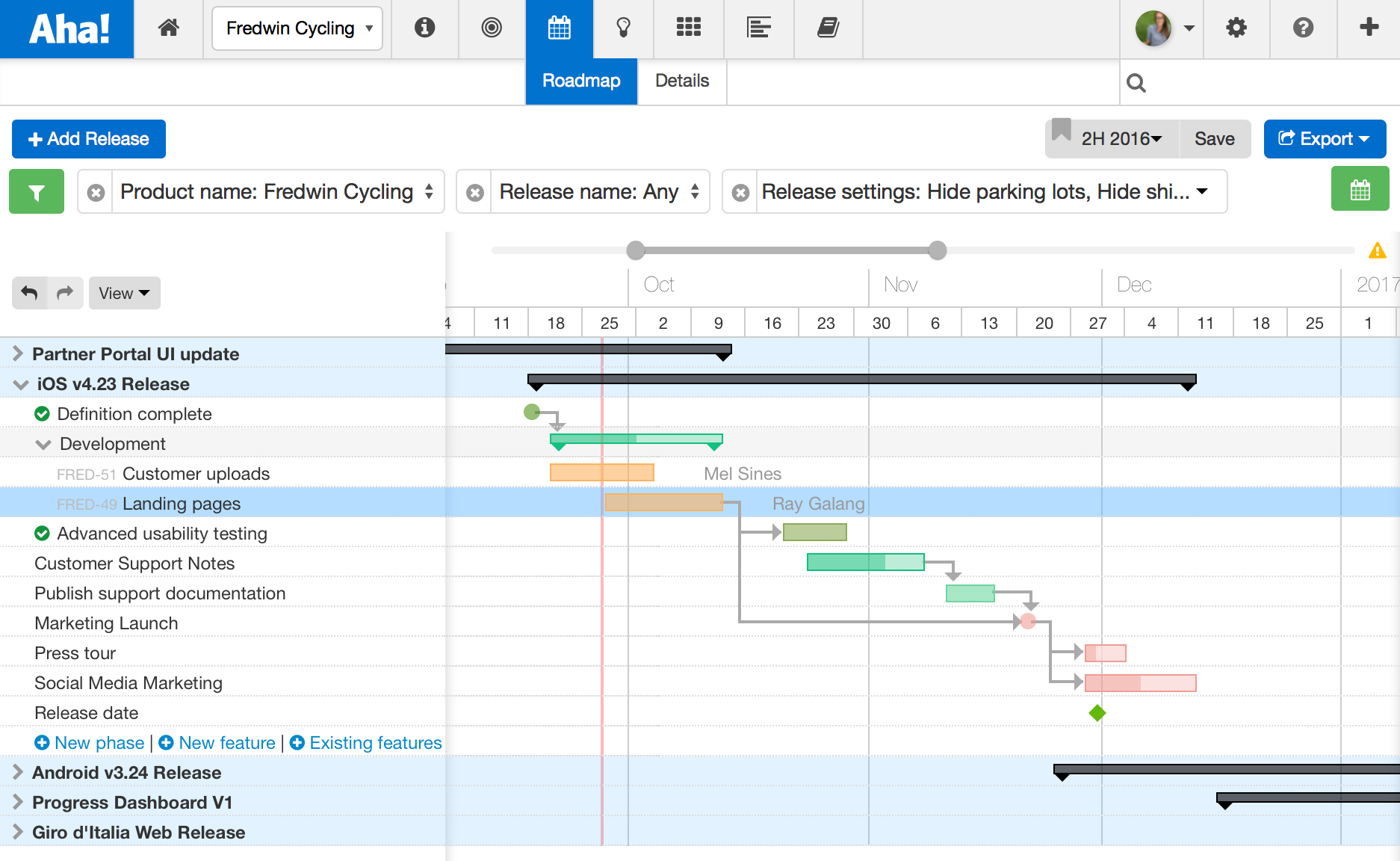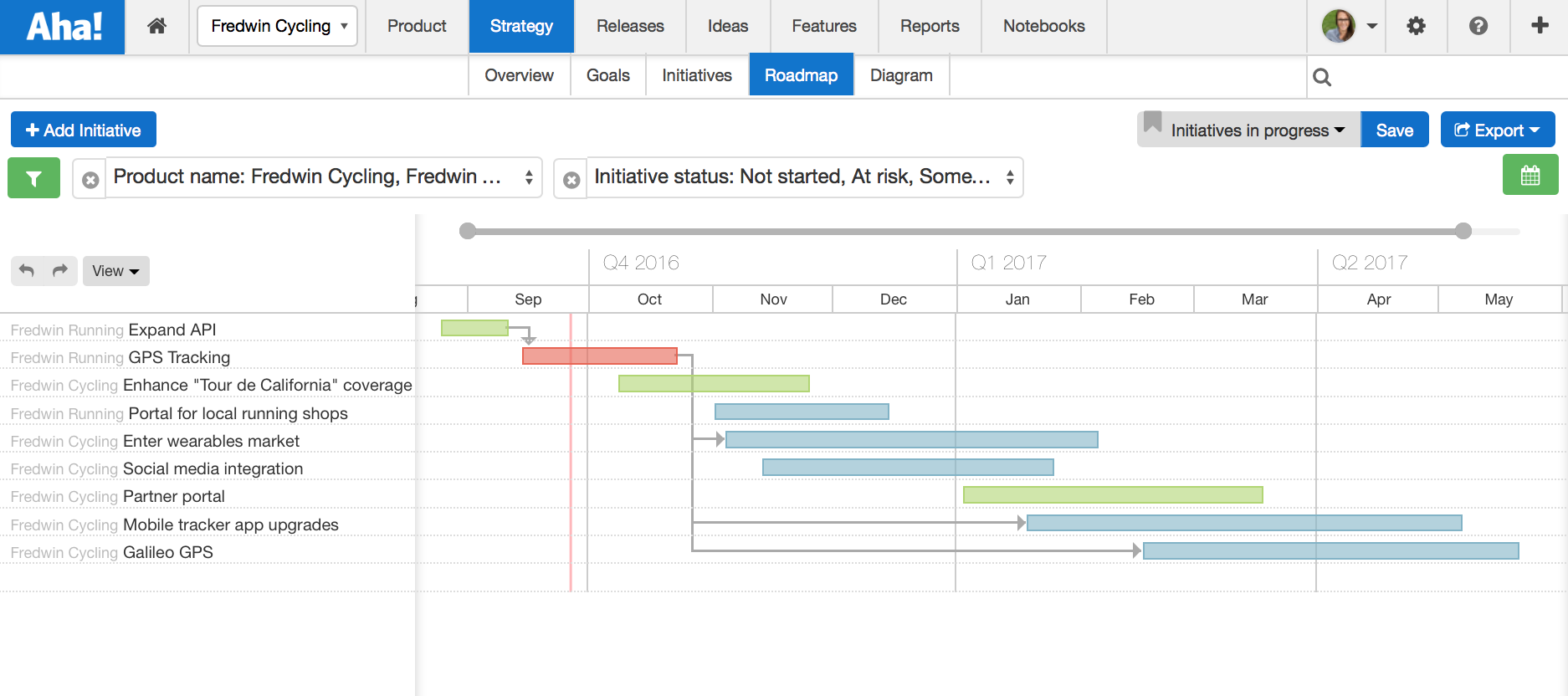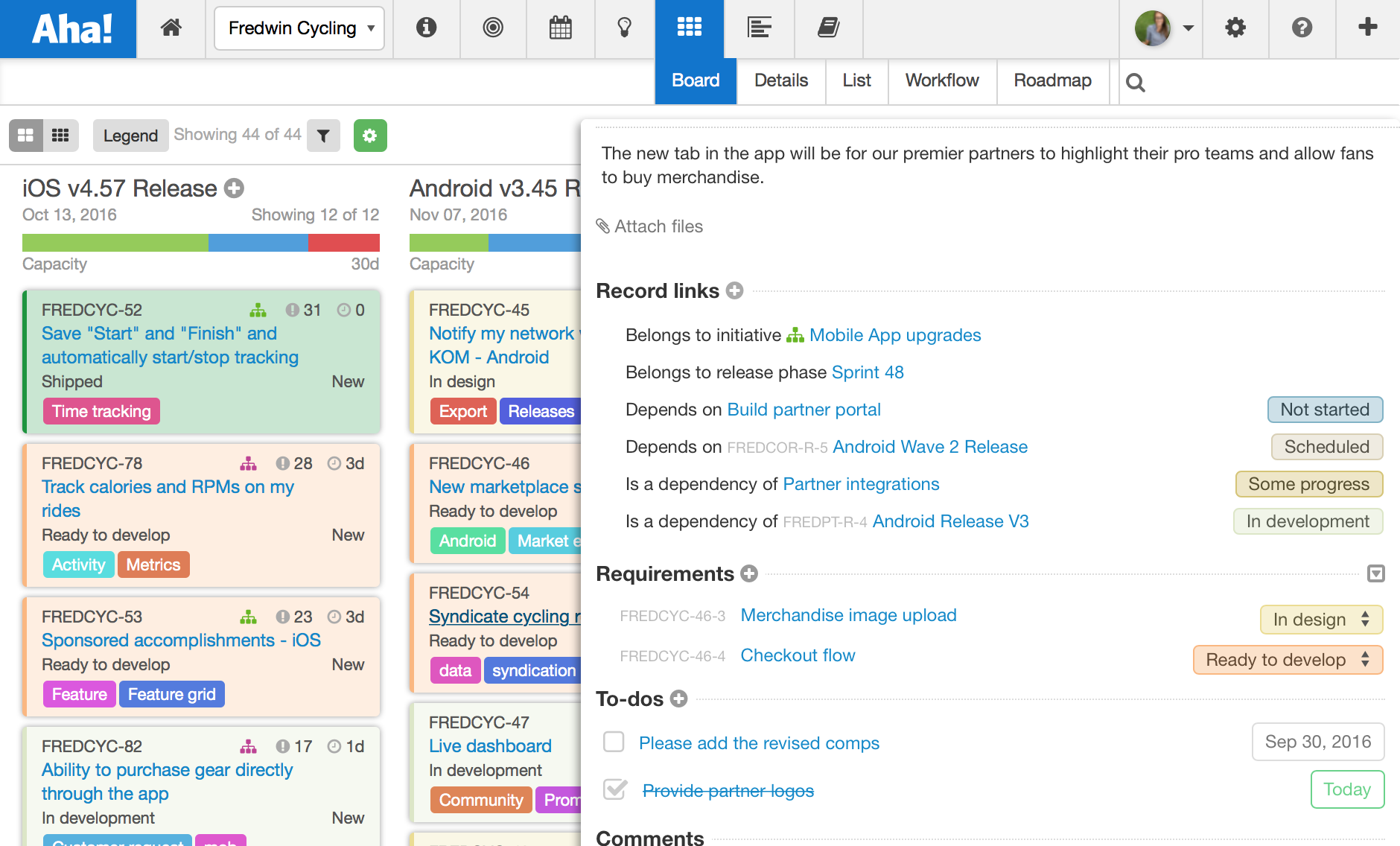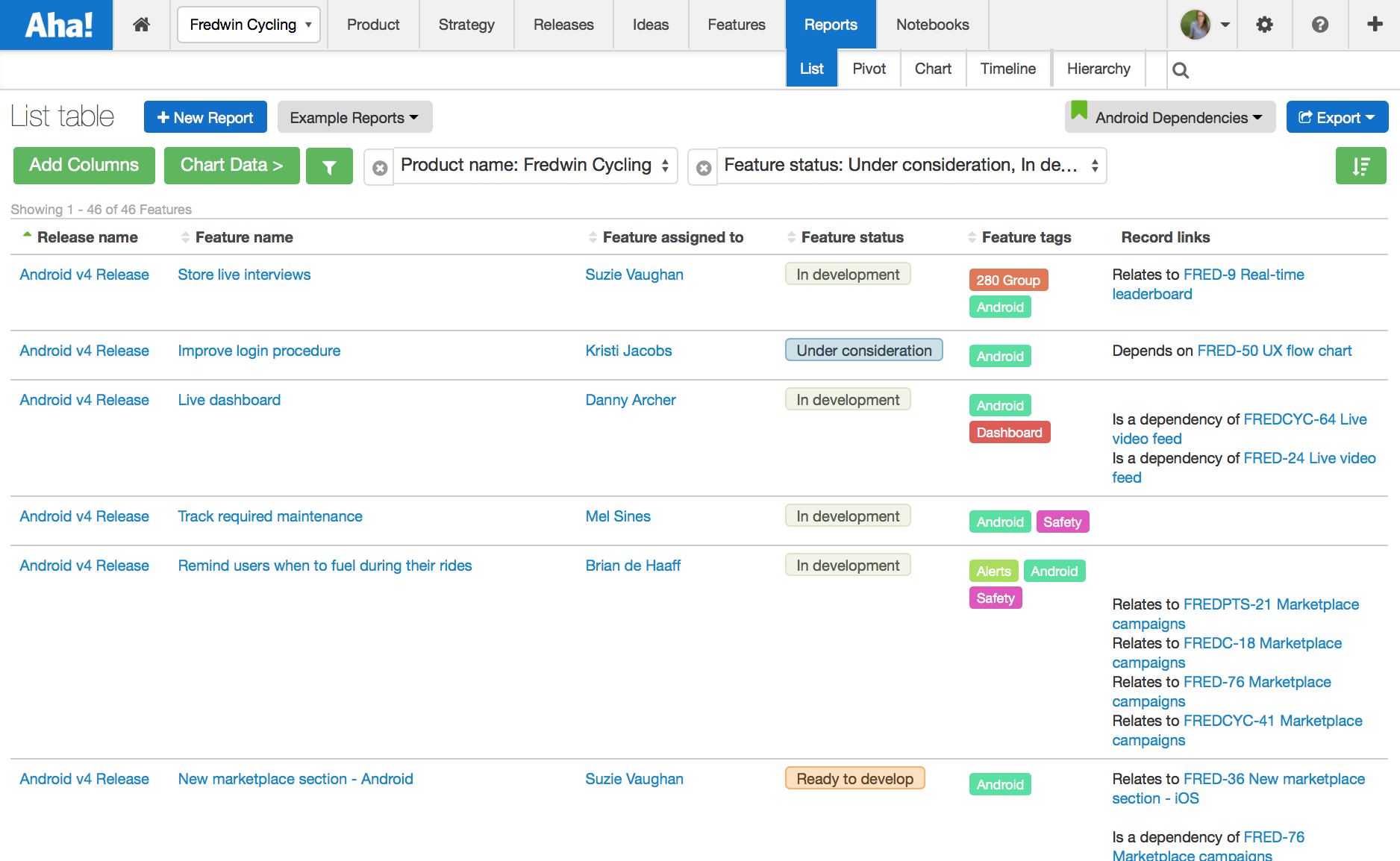
Just Launched! — Reduce Roadmap Risk by Mapping Dependencies
When I was a kid I used to have nightmares about walking into geometry class only to discover there was a test I had completely forgotten about. Once I became a product manager those dreams morphed somewhat. Instead of geometry class, it was the day of a big product launch and the product was nowhere near ready because I never had a plan. Cold sweat.
That is why a big part of a product manager’s day is spent planning. That work requires understanding complex relationships and dependencies. Let’s say your team is sprinting to launch a series of releases that will deliver game-changing new features you have been promising customers for months. But you have a complex product with lots of moving parts and teams.
So, how do you ensure that everything comes together as planned and ships on schedule? We had an idea based on what a few of you suggested. (And yes, even the most agile organizations need to coordinate across teams in a dynamic environment.)
Today we launched the ability to connect just about everything in Aha! We came up with a descriptive, yet unoriginal name for this new capability: universal dependencies. It is about dependencies and a lot more.
The name might not sound very exciting but we think the new feature is. Imagine needing to link one large customer idea to many smaller ones after you have broken it down. Or what about tracking how a certain platform release will need to ship before work on a specific feature in another product can begin?
By creating relationships and highlighting dependencies early in the planning process, you can be sure that your team is clear on exactly what needs to get done, who is doing what, and when it needs to be finished. So, what exactly can you link using universal dependencies? You can now set relationships between any initiative, release, release phase, milestone, feature, and idea. Here are a few examples of them in action.
Visualize strategic dependencies You have always been able to link dependencies between features and release phases in Aha! — but now you can take this to the next level. In this case it is up a level, to strategic initiatives. You can now highlight when one initiative needs to be finished before others can be tackled later on in the year.

Highlight dependencies between strategic initiatives in Aha! using a strategy roadmap.
Manage dependencies between phases and features Go ahead and create dependencies between phases, milestones, and features. Visualizing all of the records and their relationships allows you to see when things are not progressing as planned. This helps to mitigate potential problems before they have a chance to impact your launch date.

Create dependencies between phases, milestones, and features within a release.
Easily view relationships and status The best product managers see the big picture but can also drill down into the weeds. When it comes time to map out the requirements, you need to see the details. And the details are usually captured as features or user stories. That is why you can now see all linked records and their status within the feature card.

Within the feature card, you can see any initiative, release, release phase, feature, or idea related to that feature grouped under “Record links.”
Report on relationships Who likes reporting? Sometimes product managers do… and sometimes we do not. It really depends on who is asking for what and what the data has to say. I know that you get asked about the status of your complex projects, so any relationship that you create between records can also now be visualized on a report and shared.

Add “Record links” as a column to your report to show any relationships or dependencies associated with your data.
How it works To access the Record link modal, select Link to another record from the Actions menu on any initiative, release, release phase, feature, or idea. From there, first set the relationship type (e.g. Depends on), then select the type of object you would like to link to using the drop-down menu on the left. Once the object type (e.g. These features) is selected, you can search for the record or records to add.
Universal dependencies are flexible enough to support many relationship types between multiple data objects in Aha!
You might not have dreams — ahem, nightmares — about missing a key release date, but keeping things on track and communicating status is important to every product manager.
By identifying and visualizing dependencies early on, you can bring your cross-functional teams together to deliver critical features on schedule. Sleep tight.
Signup for a free Aha! trial — be happy Universal dependencies are available to all Aha! customers. If you are not already an Aha! customer, you may want to sign up for a free 30 day trial of Aha! now to see why over 50,000 users trust Aha! to set product strategy, create visual roadmaps, and prioritize releases and features.
